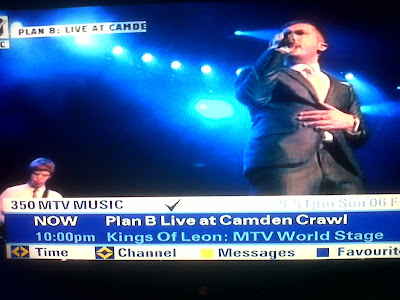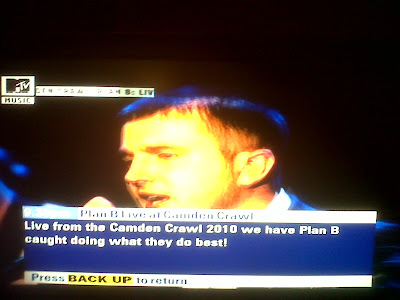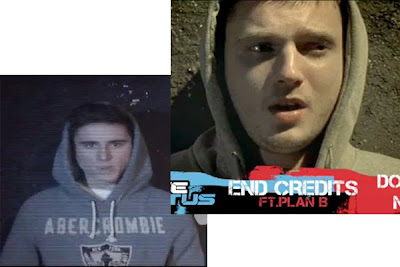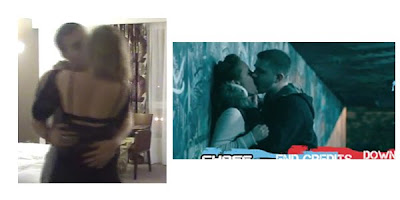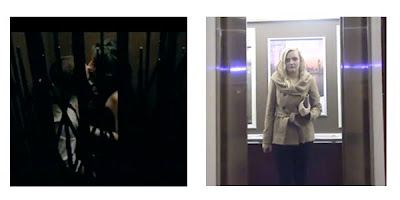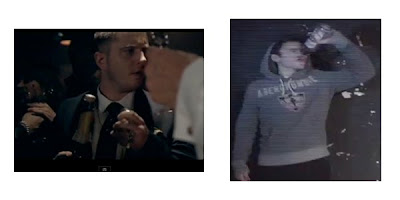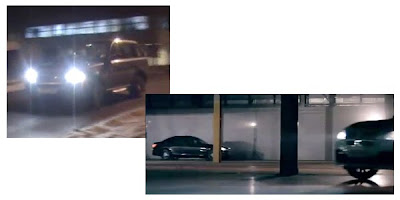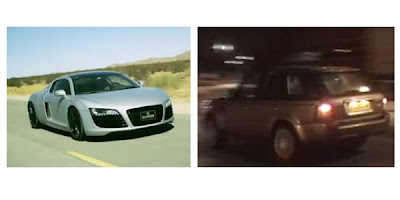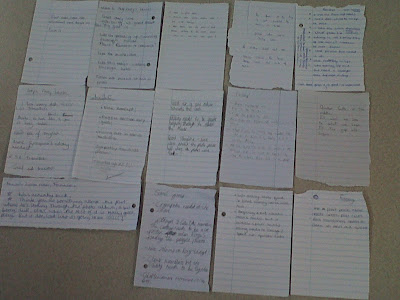





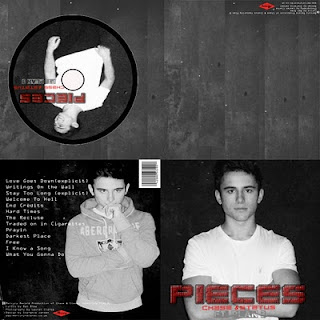
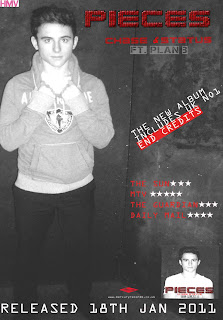

 When creating the music video we used two main pieces of technology to help us complete it proffessionally. Firstly we used a high quality Sony Handycam to capture all of our footage. We made sure that the footage was of a high enough quality to start with to make sure that the filming would not become distorted when we added effects later on in the process. After capturing all the footage we needed, we then uploaded the filming onto a computer. This then enabled us to use our second piece of technology to edit the footage. The program Final Cut Express allowed us to edit all the footage that we had captured so that the visuals related to the music from the song.Although i had not used the program before, i managed to pick it up quickly. The program was easy to use and allowed me to edit the footage accurately. This easy usability enabled me to relate the visuals to the audio but more importantly allowed me to lip sync the footage precisely.
When creating the music video we used two main pieces of technology to help us complete it proffessionally. Firstly we used a high quality Sony Handycam to capture all of our footage. We made sure that the footage was of a high enough quality to start with to make sure that the filming would not become distorted when we added effects later on in the process. After capturing all the footage we needed, we then uploaded the filming onto a computer. This then enabled us to use our second piece of technology to edit the footage. The program Final Cut Express allowed us to edit all the footage that we had captured so that the visuals related to the music from the song.Although i had not used the program before, i managed to pick it up quickly. The program was easy to use and allowed me to edit the footage accurately. This easy usability enabled me to relate the visuals to the audio but more importantly allowed me to lip sync the footage precisely.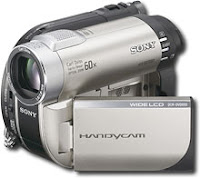

When creating the ancillary tasks we used two main pieces of technology again. Firstly we used a Panasonic Lumix camera to capture the photos we needed for the magazine front cover and the digi-pak. We had to make sure that these photos were of a high enough quality to look proffessional. However, we then had to use the second piece of technology to polish the photos up. The girls used a program called photoshop to then manipulate the photos we had already taken. This program helped us to finalise the photos so that we could then add the extra effects to make the magazine and digi-pak.
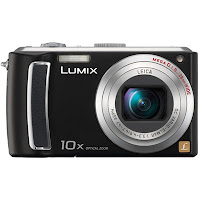
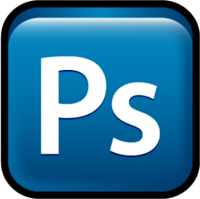

We then organised a showing for our final cut. However, instead of showing it to our media class again, we dorganised the showing for people who fit into our taget audience.



